Soil Erosion: Preventing Another Dust Bowl
While soil erosion is a natural process, humans have the ability to assist, mitigate or defeat erosion. The good news is, regenerative agriculture is a tool in the battle against erosion.
Mention soil erosion, and you may recall dramatic photos from the Dust Bowl, where winds blew soil parched by drought and left unprotected by poor farming practices in Oklahoma, Texas, Kansas, Colorado and New Mexico. In May 1934 alone, an estimated 300 tons of soil were removed from the region and dropped over large portions of the eastern United States.
However, erosion is not just a thing of the past. Today, Oklahoma Cooperative Extension says 50 million tons of soil are washed away from the state’s land every year by water erosion, now the major cause of soil loss in the state and other parts of the U.S. Wind is also still a threat, especially during drought years.
What Is Soil Erosion?
Soil erosion is the detachment and movement of soil particles from the point of origination through the action of water or wind. It’s a naturally occurring process that affects all landforms, with geologic erosion creating natural wonders like the Grand Canyon and the Badlands of South Dakota over millions of years. But human activity can leave soil quite vulnerable to the power of nature, with each raindrop hitting exposed soil like a tiny bomb, splashing soil up to 3 feet in the air and carrying it away in runoff water.
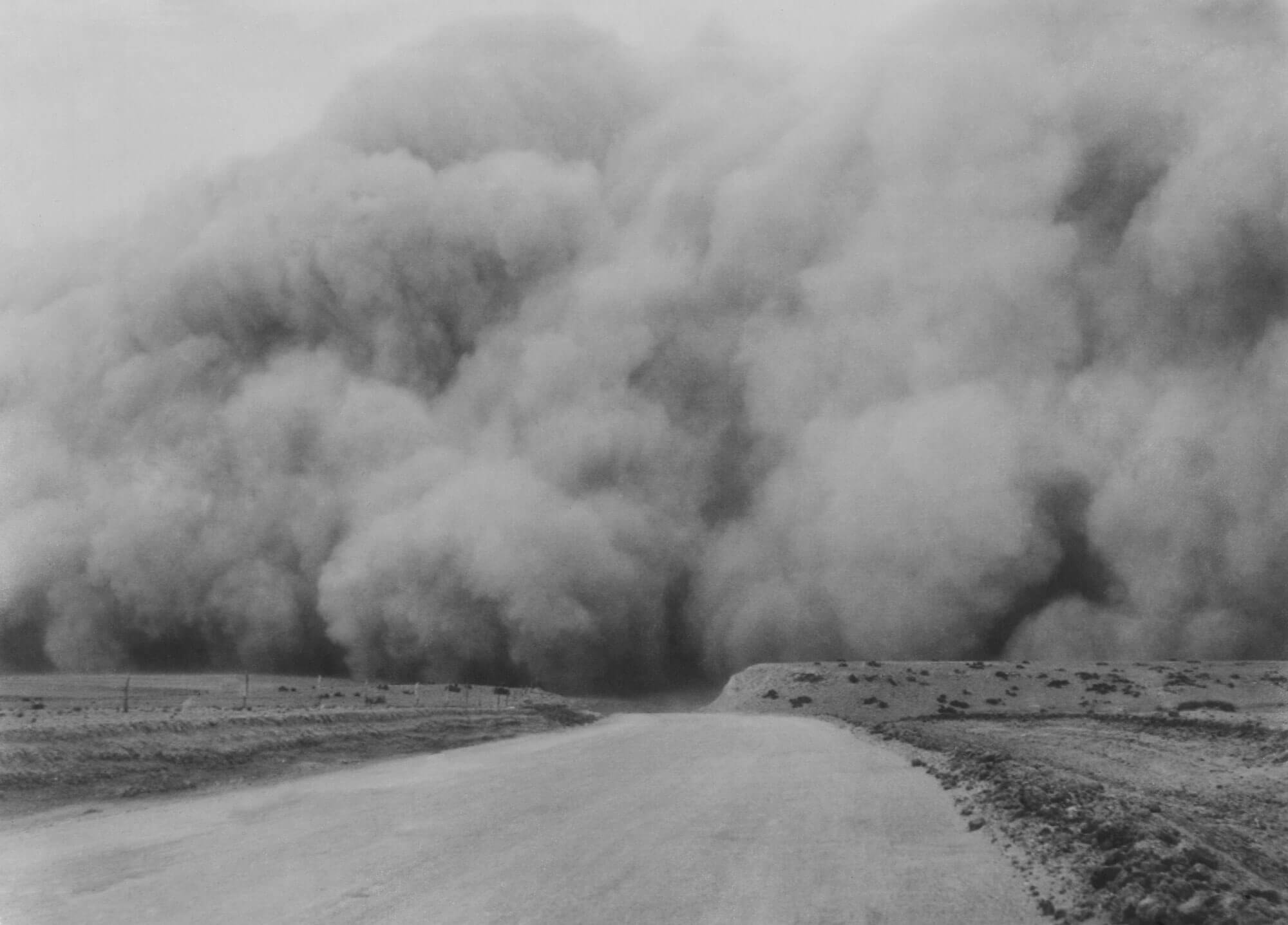
Why Is Erosion a Problem?
The displacement of healthy, productive soil reduces the area that can viably produce crops or grazeable plants for grazing animals. Simply, our agricultural lands shrink. Soil erosion also damages the environment, as disturbed and misplaced soil and nutrients pollute air and water. Erosion takes an economic toll on farmers who lose fertilizer, soil organic matter and crop yields; on land owners who lose productivity and land value; and on all of us when food production, water quality and more are impacted.
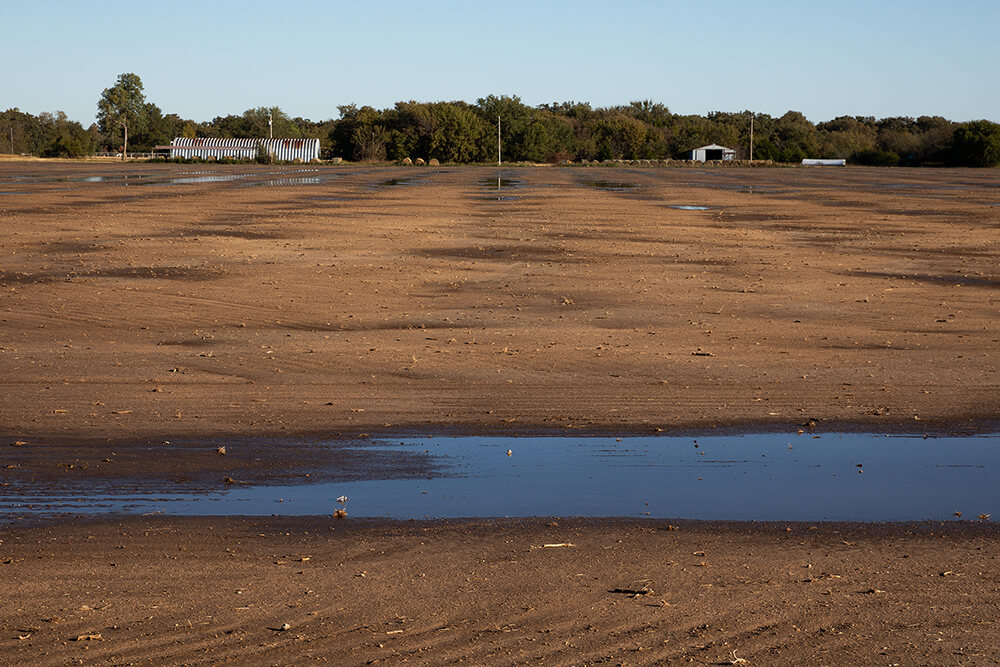
How Can We Help?
The good news is that farmers and ranchers can reduce the risk of erosion by considering the soil when making management decisions. They can protect the soil from being moved by wind or water while also rebuilding the depth and health of topsoil by following the six soil health principles. In the context of a properly managed production system, the six principles of soil health are:*
- Know your context.
- Cover the soil.
- Minimize soil disturbance.
- Practice plant diversity.
- Maintain continuous living plants/roots.
- Integrate livestock.
*Source: www.understandingag.com
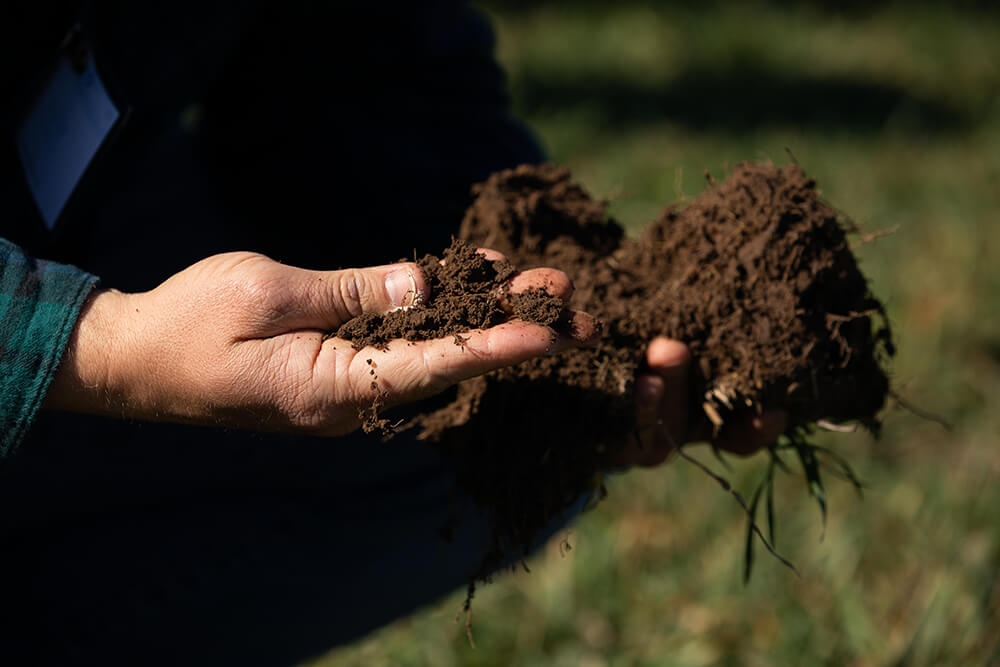
Success in Sight
Producers are already succeeding. According to the U.S. Department of Agriculture’s National Resources Inventory, soil erosion rates on U.S. cropland decreased 34% between 1982 and 2015 thanks to conservation practices. Regenerative ranching applies the principles of regenerative management on the nation’s grazing lands, addressing the more than 650 million acres of land that impact our surface and ground water, food production, air and wildlife habitat.

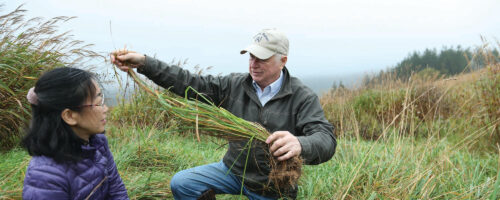
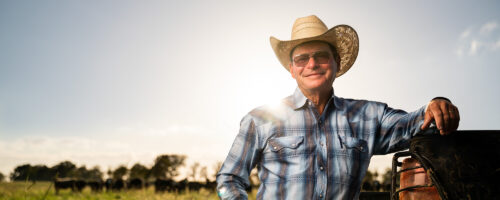
Comment